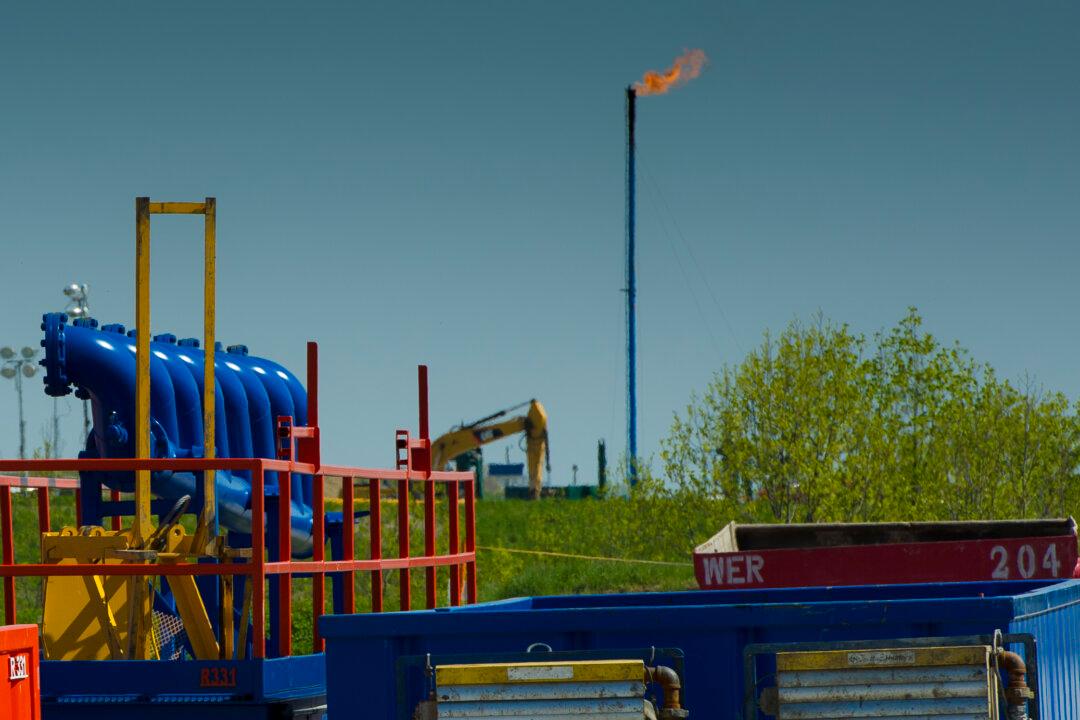Senate Bill 119 (SBL 119), which seeks to prevent Pennsylvania’s governor from advocating for membership in the Regional Greenhouse Gas Initiative (RGGI) framework agreement, is awaiting a final vote. The Pennsylvania Senate Environmental Resources and Energy Committee (ERE) approved the bill on April 27. However, the governor will veto SBL 119 if it passes, said Elizabeth Rementer, spokeswoman for the governor.
David Stevenson, director of the Caesar Rodney Institute’s (CRI) Center for Energy Competitiveness, a Delaware based nonprofit think tank, told The Epoch Times that Pennsylvania could pay a huge price if it joins RGGI. In addition to the loss of manufacturing, Pennsylvania households could see a $1,150 annual increase in energy bills. According to the U.S. Energy Information Administration, this is a 64 percent increase.
